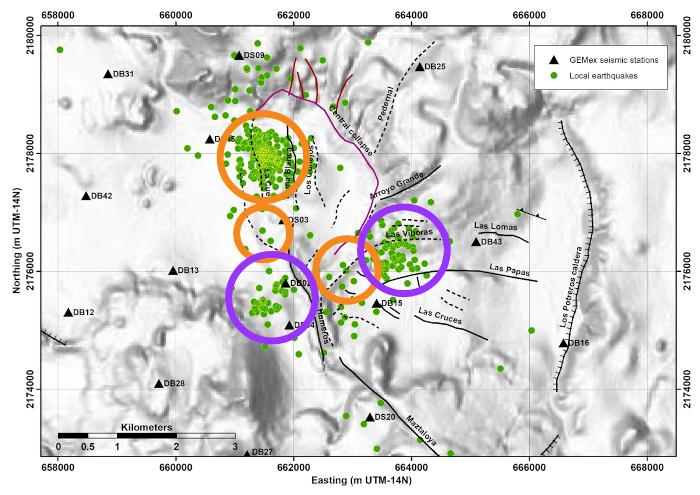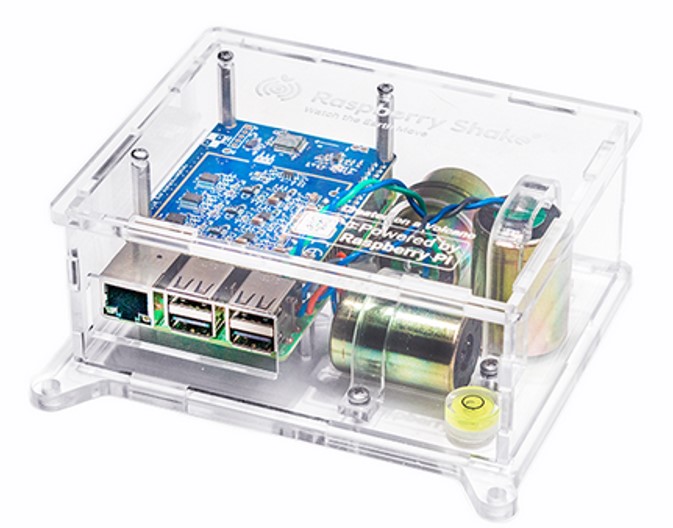Induced seismicity and geomechanics
It has been known for over 30 years that seismicity can be generated during the development of a geothermal reservoir. This is especially true for Enhanced Geothermal Systems (EGS). Microseismic events provide a unique data basis for the characterization of basic properties of a geothermal reservoir. However, microseismicity can also become a serious risk in case of major earthquakes, which can prevent the further development of projects. For the sustainable development of this renewable energy it is therefore essential to better understand the relationships between the local stress field, the geomechanical properties of the fractures and fault zones and the induced seismicity.
Projects of our team focus on:
- Static stress transfer due to seismic events
- Time and depth-dependent change of the in-situ stress state derived from the seismicity during EGS stimulation
- Sensitivity analysis of seismic monitoring networks with respect to P and S wave velocities
- Slip and Dilation Tendency Analyses of geothermal areas in the Upper Rhine Graben and Molasse
- Local stress deviations and variations in borehole rim eruptions due to active fault zones
- The identification of tone leading areas in the crystalline by means of borehole logging
- Correlation between seismic and aseismic behaviour of fractures and their clay content
In the INSIDE project we deal with induced seismicity & ground deformation as interference aspects in the operation of geothermal plants in the South German Molasse.
Using Raspberry Shakes or similar devices as relatively inexpensive and easy-to-use seismometers, we intend to involve interested citizens in the seismic monitoring of geothermal projects. We are currently preparing a seismic network for this purpose around the DeepStor project. One Raspberry Shake station is located at the North Campus for testing purposes. Here you can find an overview of data acquisition and estimation of data quality of the current test sensors. The current test location of the sensors can be found on the Stationview page of the Raspberry Shake network.
Academic Researcher - Geophysicist





Akademischer Mitarbeiter – PostDoc






